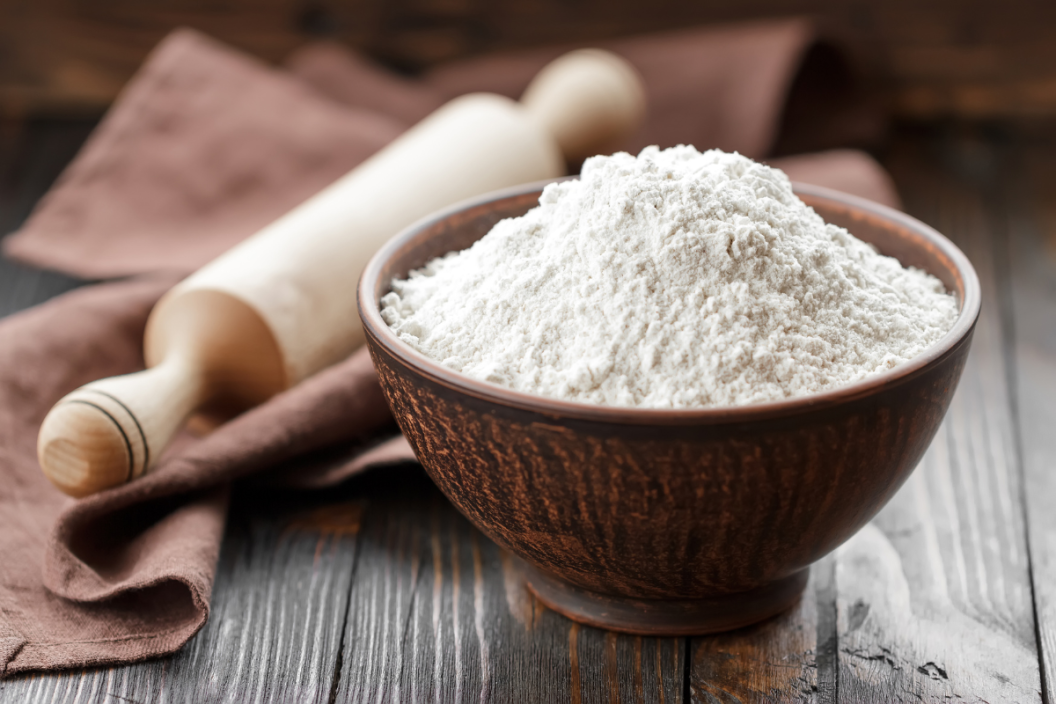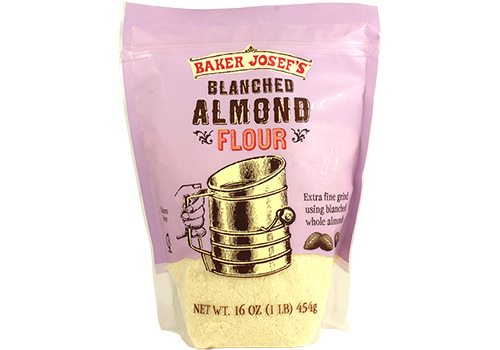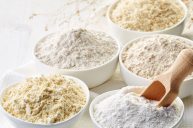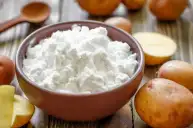All-Purpose (AP) Flour is clearly the OG of flours. The baking essential deliciously shapeshifts in anything to which you add it: pancakes; waffles; cake; scones; chocolate chip cookies; coffee cake; pie crust. The list goes on and on. But what to do when you (horror!) run out of this staple midway through a baking escapade? Can anything take the place of AP Flour? Or say you just want to change things up with a new selection from the wide world of other options? Not to worry: We've got you covered, with an all purpose flour substitute (actually, seven of them!) for any possible kitchen situation.
Videos by Wide Open Country
Almond Flour
Higher in healthy fats than AP flour and much lower in carbs, nutrient-dense almond flour is the Paleo golden child of flour substitutions. Swap it in for regular flour at a 1:1 ratio. (Tip: The lack of gluten in almond flour means sometimes recipes using 100 percent almond flour need a little extra help with binding, meaning you may need to use a binding agent such as xanthan gum.) Also, be sure to look for almond flour and not almond meal, which has a rougher texture.
Bread Flour + Cake Flour
For bread that bakes up with a suitable crust, you need a strong flour with both a high gluten and high protein content. For a soft cake with a tender crumb, on the other hand, you need cake or pastry flour with a low-gluten, low protein content. AP flour is a just right combo of soft and hard flours. If you happen to have both bread and cake flour at home, DIY a 50:50 mix of the two and, voilà, you are good to go (or, er, "bake").
Spelt Flour
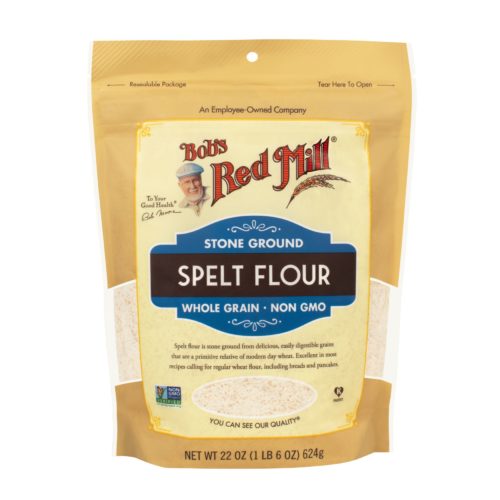
Bob's Red Mill
This easily digestible ancient grain is a perfect flour to reach for when you feel like you are stuck in a deep, dark baking rut and you want (or need!) to make a quick and easy substitution. For some people with gluten sensitivity, spelt is easier to digest than more modern varieties of wheat flour. Bonus: It has a high protein content and is a good source of fiber. It performs very similarly to white flour (all the while bringing tangy and slightly sweet vibes), making it ideal for 1:1 swaps in any recipe.
Rice Flour
Rice flour is an ideal stand-in for AP flour when you need to make a slurry or roux for a sauces and gravies, or to thicken a soup or stew. While they have different flavors, brown and white rice flour are interchangeable in recipes.
Cassava Flour

IYA Foods
One of the newest alternative flours on the grocery store shelf, cassava flour is made from the starchy cassava root, and has much in common with AP flour. It is high in carbs and low in fat, (just like AP flour) and its neutral taste won't compete with the flavor of your baked goods. Use cassava flour in a simple 1:1 replacement.
Buckwheat Flour
Don't let buckwheat pull a fast one on you with its name, it's actually not a wheat variety at all, but a seed. Milled from buckwheat groats, this is another naturally gluten-free winner. Its nutty, earthy flavor enhances dishes such as pancakes, crepes, and breads, but can be too assertive for something like a classic sheet cake.
Whole Wheat Pastry Flour

King Arthur Baking
Think of whole-wheat flour's softer, gentler cousin, and you've got whole-wheat pastry flour. It delivers the nutrient-dense bang of whole wheat flour because it still incorporates the wheat germ and bran. While whole-wheat flour is milled from red hard wheat; whole wheat pastry flour is milled from white soft wheat. It has a lower protein content, and works well with most any recipe that uses baking soda or baking powder as a leavener (think quick breads, muffins, and cookies), but is not suited to be used in yeasted doughs (think cinnamon rolls and pretzels) because of its lower gluten content.
TL;DR: Tender baked-good textures are still achievable-even if AP flour isn't in the building.
